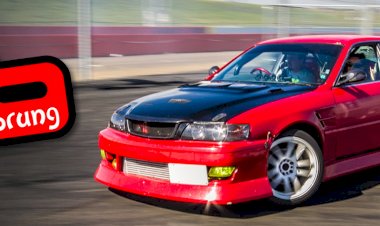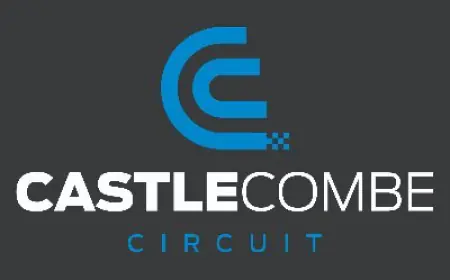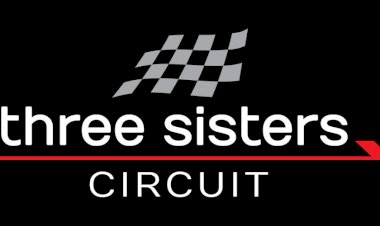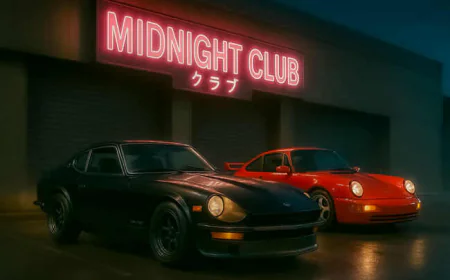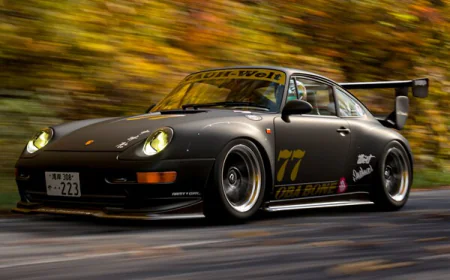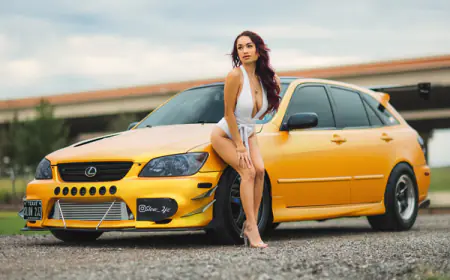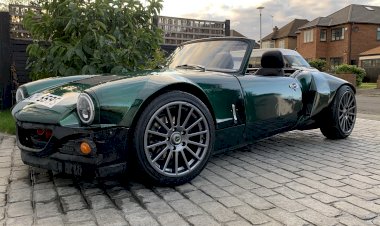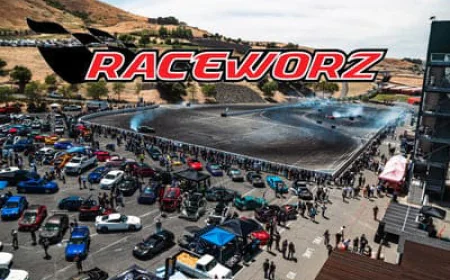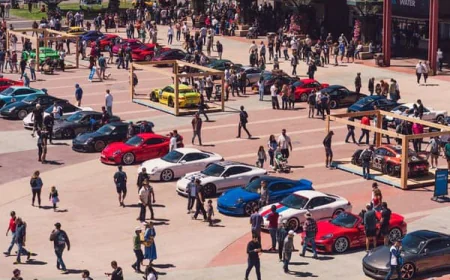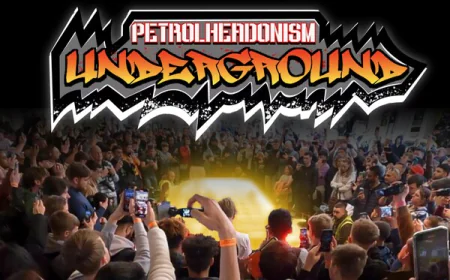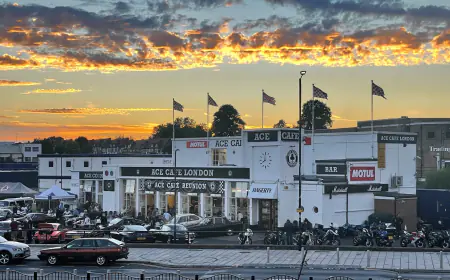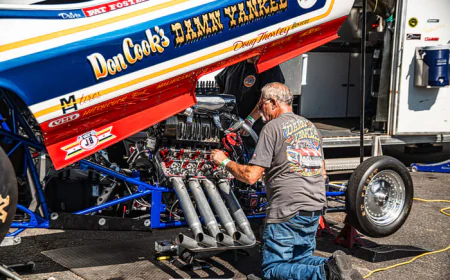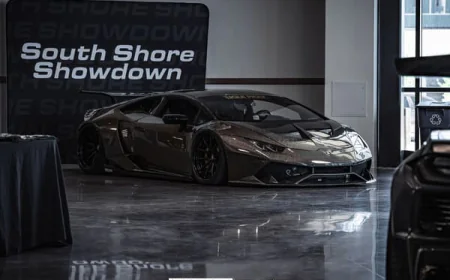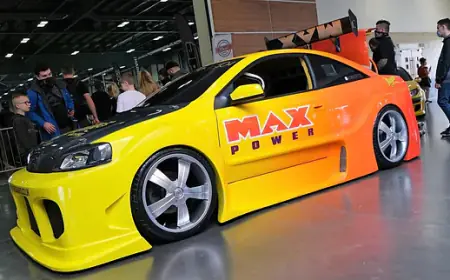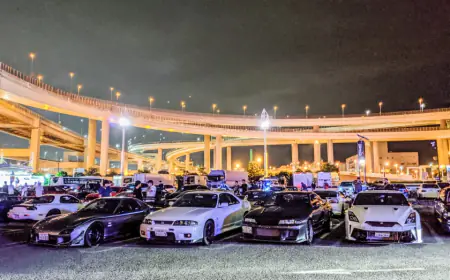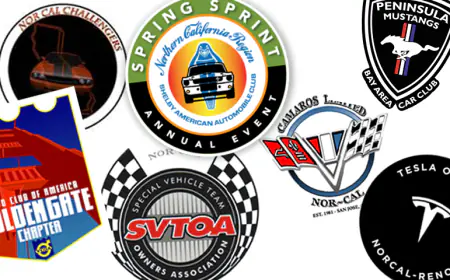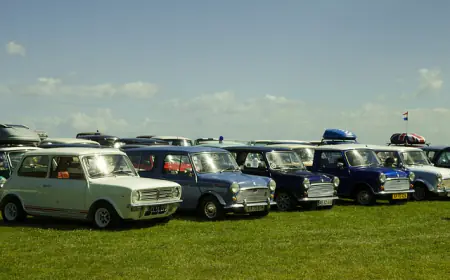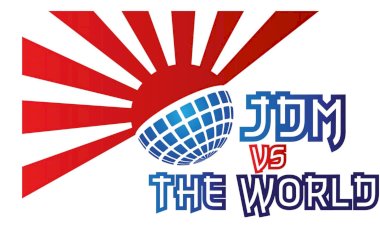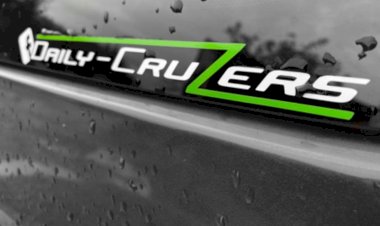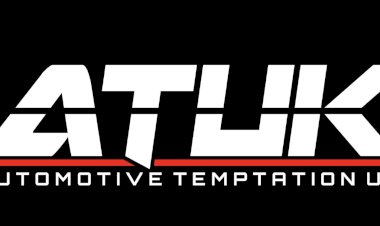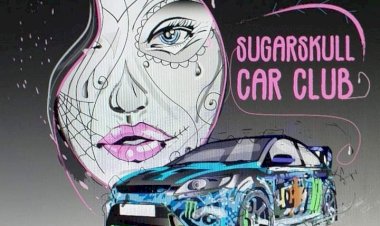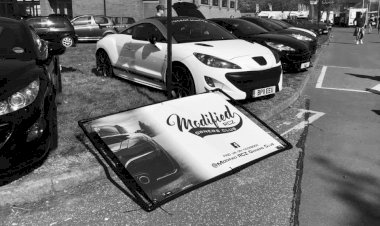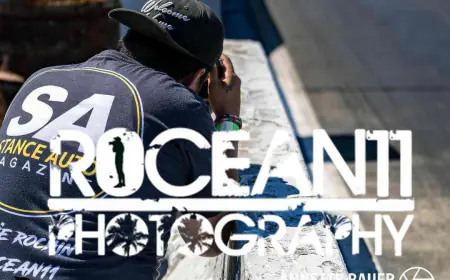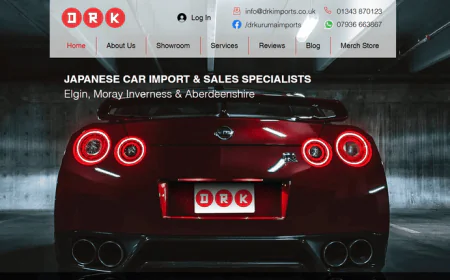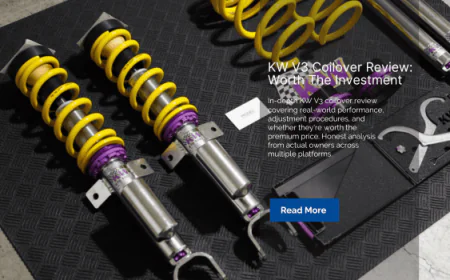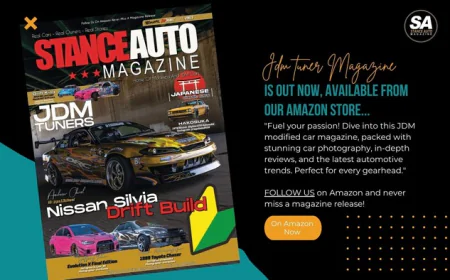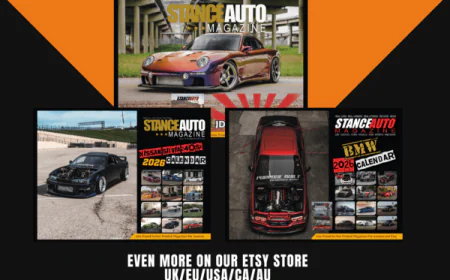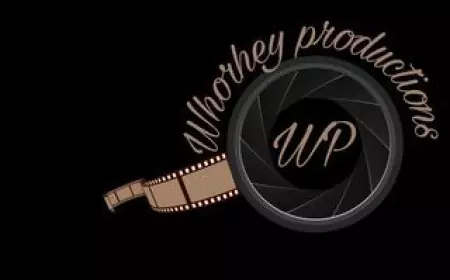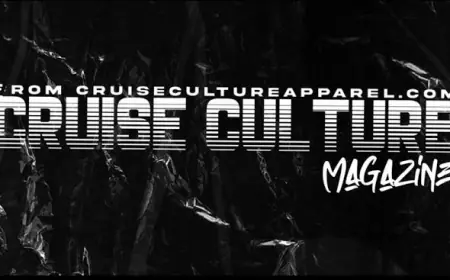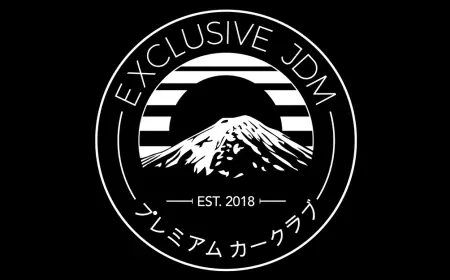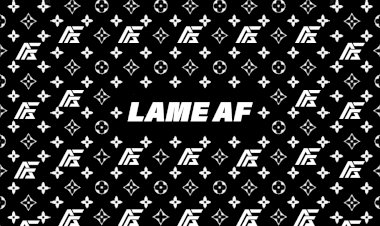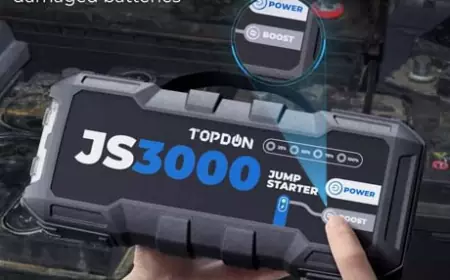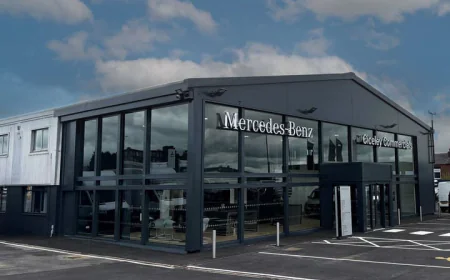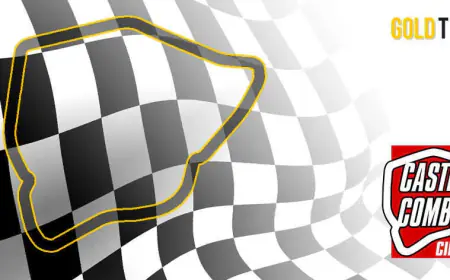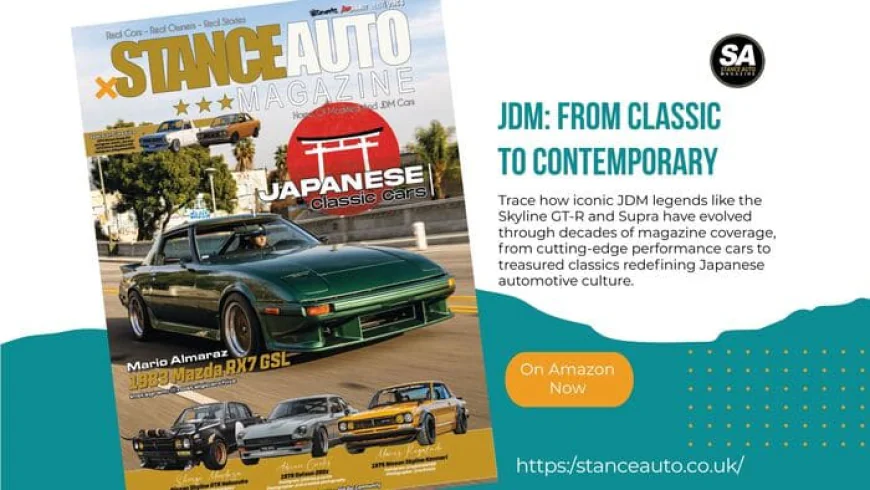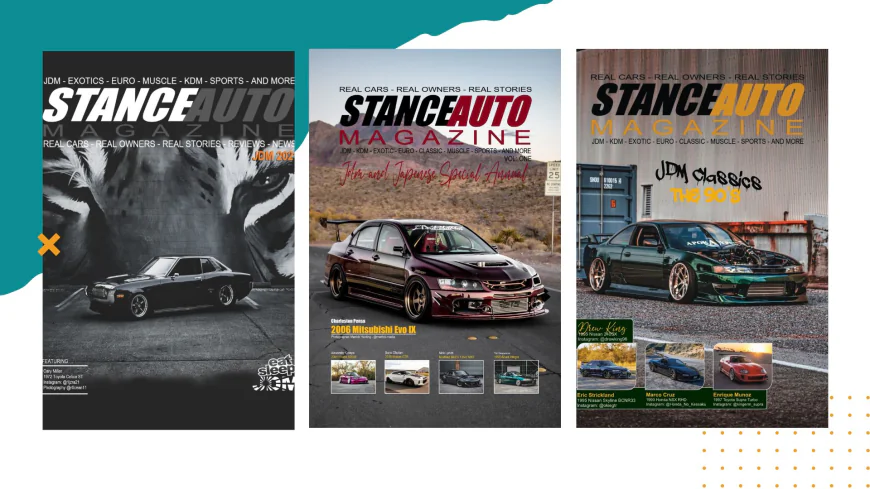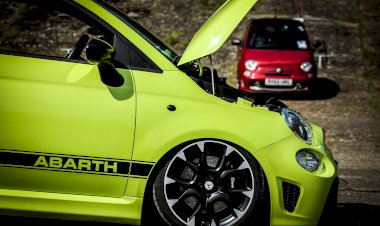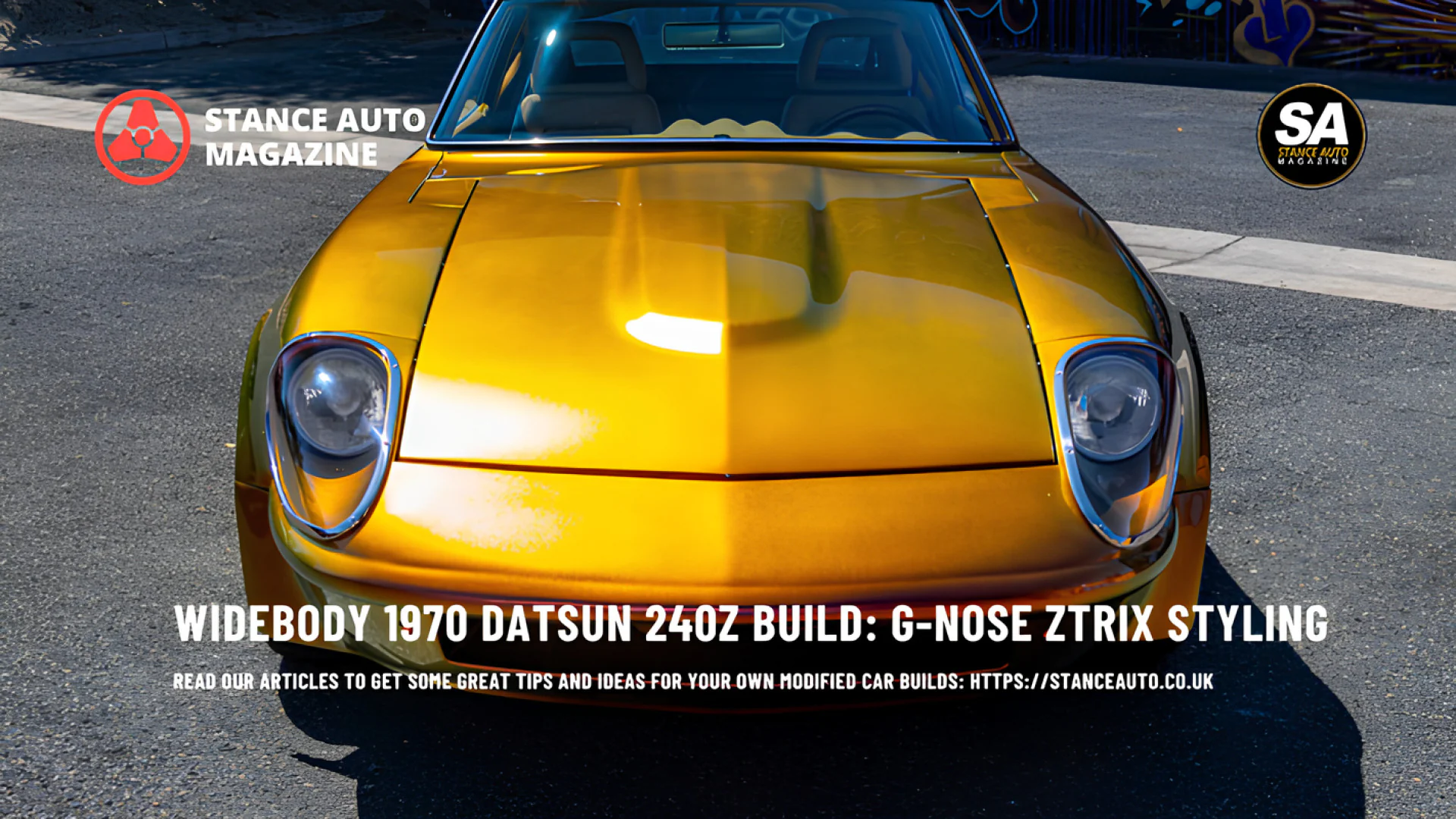From Classic to Contemporary: The Evolution of JDM Legends in Magazine Features
Trace how iconic JDM legends like the Skyline GT-R and Supra have evolved through decades of magazine coverage, from cutting-edge performance cars to treasured classics redefining Japanese automotive culture.
TL;DR: Key Takeaways
-
JDM legends have transitioned from contemporary performance cars to valuable classics, fundamentally changing how enthusiasts approach modifications and preservation
-
JDM car magazines have documented this evolution comprehensively, revealing how modification philosophies and community values shift as vehicles age and appreciate
-
Modern features balance respect for heritage with acknowledgment that these platforms remain viable for cutting-edge builds incorporating contemporary technology
When the R32 Skyline GT-R debuted in 1989, it was simply a remarkable performance car—advanced, expensive, and intimidating, but ultimately a contemporary vehicle subject to the same modification approaches applied to any new performance platform. JDM car magazines of that era featured GT-Rs as cutting-edge machines being pushed to extremes by tuners exploring their potential, with little concern for preserving originality or maintaining factory specifications that could simply be ordered new from dealers. Fast forward three decades, and these same vehicles appear in magazine features as cherished JDM classics, with coverage emphasizing their historical significance, their racing heritage, and the delicate balance between preservation and modification that characterizes contemporary approaches to aging Japanese performance icons.
This evolution from contemporary to classic isn't just about calendar years passing—it reflects fundamental shifts in community values, market dynamics, and the relationship enthusiasts have with these vehicles. Understanding how JDM legends are documented and discussed across decades of magazine coverage reveals not just changes in the cars themselves but transformations in the culture surrounding them, providing insights into how automotive communities evolve, which values endure, and how vehicles become more than simple transportation or even performance platforms to achieve genuine cultural significance that transcends their mechanical specifications or track capabilities.
The Golden Era: When Legends Were Simply Fast Cars
Magazine coverage from the 1990s and early 2000s approached vehicles like the Supra, RX-7, and Skyline GT-R primarily through performance lenses—how much power could be extracted, how quickly could they lap circuits, how effectively could they dominate in their intended competition categories. Features from this period showcase builds with little sentimentality about maintaining originality, with builders freely cutting chassis for wider tires, removing emissions equipment that hindered performance, and pursuing modifications that would horrify contemporary enthusiasts focused on preservation. This reflected the reality that these were recent cars available used for reasonable prices, with replacement parts readily available and little sense that they represented anything requiring special preservation efforts beyond what any enthusiast might apply to a vehicle they personally valued.
The photography and editorial tone from this golden era differ markedly from contemporary coverage—less emphasis on historical context or cultural significance, more focus on dyno numbers, lap times, and technical specifications that quantified performance improvements. Workshop features highlighted facilities pushing boundaries without concern for maintaining reversibility or preserving originality, creating builds that maximized performance within budget constraints rather than respecting heritage or worrying about long-term values that nobody yet realized these vehicles would achieve. This period documented in vintage JDM car magazines represents a particular moment when these platforms enjoyed peak development, with manufacturers still supporting them, aftermarket companies investing heavily in component development, and enthusiast attention focused intensely on their capabilities rather than their place in automotive history.
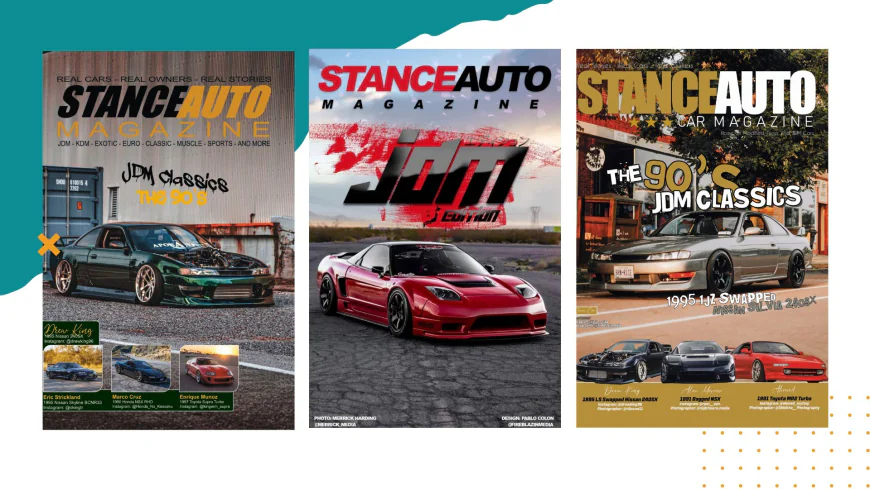
The Transition Period: Recognition of Significance
The mid-to-late 2000s marked a transitional period where magazine coverage began acknowledging that certain JDM cars had achieved significance beyond simply being good performance platforms—they were becoming recognized as important vehicles in automotive history, machines that represented particular eras or technological achievements deserving respect beyond what typical used cars received. Coverage during this period shows growing tension between modification approaches treating these vehicles as expendable platforms for extreme builds versus emerging perspectives viewing them as future classics requiring more thoughtful approaches balancing performance with preservation of character and originality that couldn't easily be recovered once lost.
Features from this transitional era often explicitly discuss this tension, profiling both extreme builds that continued the maximalist approach of earlier years and more conservative examples where owners sought to enhance vehicles while maintaining essential character and preserving reversibility for modifications that could be undone if future owners preferred returning toward factory specifications. The editorial discussion around these different approaches reveals evolving community values—growing appreciation for originality, increasing understanding of these vehicles' historical significance, and recognition that indiscriminate modification of increasingly rare platforms might represent short-sighted decisions that destroyed irreplaceable examples for marginal performance gains or aesthetic preferences that might not endure.
The Modern Preservation Movement
Contemporary magazine coverage of JDM classics frequently centers preservation—features highlighting meticulous restorations returning vehicles to original specifications, profiles of owners maintaining factory condition despite temptations to modify, and thoughtful discussions about which modifications respect vehicle heritage versus which represent inappropriate approaches that diminish rather than enhance these increasingly valuable machines. This preservation focus reflects market realities where original, well-maintained examples command premium pricing, creating financial incentives for preservation that didn't exist when these were simply used performance cars with limited collectible value.
Publications like Stance Auto Magazine have embraced this preservation narrative while maintaining coverage of contemporary builds that push performance boundaries, creating balanced editorial approaches acknowledging multiple valid perspectives on how to approach JDM legends in the modern era. Features might showcase a completely stock R34 GT-R maintained exactly to factory specifications alongside a heavily modified example producing triple the stock power, presenting both as valid expressions of JDM tuners culture rather than suggesting one approach is inherently superior. This inclusive editorial stance reflects mature understanding that diversity strengthens communities, that different owners have different goals and values, and that vehicles significant enough to warrant magazine coverage can serve multiple purposes from rolling museum pieces to active competition machines pushing performance boundaries.
Restomod Philosophy: Blending Heritage and Innovation
One of the most interesting developments in contemporary JDM magazine coverage involves the restomod movement—builds that maintain classic aesthetics and character while incorporating modern technology for performance, reliability, or safety improvements that manufacturers couldn't provide with period technology. These builds represent sophisticated attempts to preserve what makes JDM classics special—their distinctive styling, their particular driving character, their cultural significance—while addressing legitimate limitations of decades-old technology regarding crash safety, engine management sophistication, braking performance, and component reliability.
Magazine features on restomod builds typically explore the philosophy behind specific choices—why particular modern components were selected, how builders maintained aesthetic consistency despite technological updates, and what compromises proved necessary when integrating systems that didn't exist when these vehicles were designed. A restomod Supra might retain the factory turbos and engine block while incorporating modern fuel injection and engine management, preserving the character of the 2JZ powerplant while improving drivability, efficiency, and tuning flexibility. These thoughtful modifications distinguish restomods from simple modernizations that could have been performed on any platform, with builders specifically considering what elements define particular vehicles' essential character and ensuring those elements remain intact regardless of other modifications improving functionality or performance.
The Parts Crisis: Scarcity Changing Modification Decisions
Contemporary magazine coverage increasingly addresses challenges facing JDM cars owners as vehicles age beyond manufacturer support windows and aftermarket companies discontinue lines for platforms with declining ownership numbers. This parts scarcity fundamentally affects modification decisions documented in recent magazine features—builders now consider whether cutting or modifying factory components for performance gains makes sense when replacements might be impossible to source, whether extreme builds consuming rare parts represent responsible stewardship of increasingly finite resources, and how the community balances individual ownership rights with collective interest in preserving examples of significant vehicles for future generations to experience and appreciate.
Features exploring this parts crisis provide practical guidance for owners navigating these challenges—identifying which components are becoming genuinely scarce versus which remain readily available, highlighting specialists maintaining stock of critical parts or offering reproduction alternatives, and discussing strategies like preventive replacement of wear items before failures occur and finding parts becomes urgent rather than planned. This practical content serves readers directly while also documenting a particular moment in these vehicles' lifecycle—the transition from supported contemporary cars to aging classics where parts sourcing requires creativity, patience, and sometimes willingness to accept alternatives that wouldn't have been necessary or acceptable when genuine factory components remained plentiful and affordable.
Generational Shifts: New Enthusiasts, Different Perspectives
Magazine coverage also documents generational shifts in JDM legends ownership and enthusiasm—younger enthusiasts who were children or not yet born when these vehicles were new approach them differently than original owners who remember purchasing them as contemporary performance cars. These younger enthusiasts often have more preservationist instincts, viewing JDM classics through historical lenses emphasizing cultural significance and heritage rather than simply seeing capable platforms for modifications pursuing personal performance or aesthetic goals. Their relationship with these vehicles involves more research, more respect for originality, and often more patience in executing builds thoughtfully rather than immediately diving into modifications without fully understanding what makes particular examples special or worth preserving.
JDM car magazine serve these younger enthusiasts by providing historical context they might lack from not experiencing these vehicles' original eras—explaining why particular models matter, documenting period-correct modification approaches for those seeking authentic builds reflecting how vehicles were modified during their contemporary eras, and profiling original owners whose decades of experience provide wisdom about ownership realities, common issues, and the long-term perspectives that only extended ownership develops. This bridge between generations enriches the community, preventing knowledge loss as original enthusiasts age out while ensuring new generations understand and respect the heritage they're inheriting and hopefully preserving for subsequent enthusiasts who will discover these vehicles decades hence.
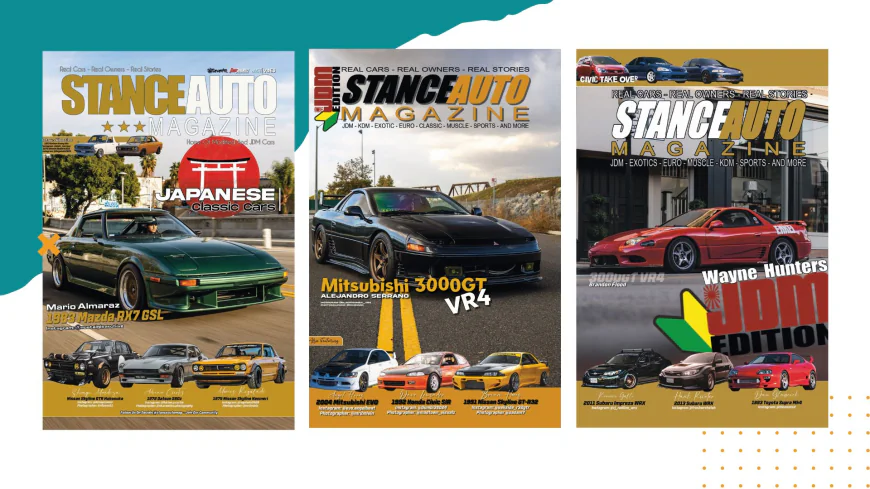
Platform-Specific Evolution: Different Trajectories
Different JDM legends have followed distinct evolutionary paths through magazine coverage, reflecting their particular characteristics, market trajectories, and how various communities have developed around them. The Skyline GT-R story involves transition from cutting-edge technology flagship to legendary icon whose name carries weight far beyond what the actual vehicles' performance justified, with magazine coverage tracking this elevation from respected performance car to mythologized legend commanding prices reflecting cultural significance rather than objective capabilities. Supra coverage shows different evolution—initial appreciation as capable platform for extreme power builds, followed by recognition as design icon whose aesthetics have aged remarkably well, and recently renewed mainstream interest following newer GR Supra's release creating halo effect benefiting earlier generations.
The RX-7's magazine narrative involves melancholy undertones—coverage celebrating its unique rotary character while acknowledging engine reliability challenges and parts scarcity creating genuine threats to long-term population survival, with features increasingly highlighting preservation efforts and specialist support networks keeping remaining examples viable. Meanwhile, more common platforms like the S-chassis cars show different patterns—their affordability and continued availability means less preservation concern but more features exploring their versatility across drift, time attack, and street builds serving enthusiasts with varying goals and budgets. Understanding these distinct narratives enriches appreciation for how different vehicles occupy different cultural positions despite all being valuable JDM cars worthy of magazine documentation and enthusiast attention.
The Role of Racing Heritage
Magazine features on JDM classics increasingly emphasize racing heritage—connecting road cars to competition successes that justified their homologation or inspired their development. GT-R coverage frequently references Group A racing dominance that established Skyline's legendary reputation, with features exploring how competition technologies migrated to road cars and how contemporary builds honor that heritage through modifications reflecting racing priorities rather than simply pursuing maximum street performance. Supra features reference successful road racing campaigns and the vehicle's surprisingly competitive record in various forms of motorsport despite being marketed primarily as grand touring platform.
This racing heritage provides context that elevates vehicles beyond simple performance specifications—understanding a particular model's competition history explains design choices, justifies certain modifications as race-proven approaches, and creates narratives that make these vehicles culturally significant beyond their commercial success or technical sophistication. JDM magazines serve crucial function in preserving and communicating these racing stories, especially as original participants age and firsthand knowledge risks being lost. Features including interviews with period racers, mechanics, and team managers document perspectives that won't remain available indefinitely, creating historical records that future enthusiasts will rely upon for understanding why particular vehicles matter and how their competition heritage influenced development and community perception.
Market Dynamics: Investment Versus Enthusiasm
Contemporary magazine coverage cannot avoid addressing market dynamics that have seen certain JDM legends appreciate dramatically, transforming from affordable used cars into investment-grade collectibles whose values influence ownership decisions, modification approaches, and community composition. This financialization creates tensions between pure enthusiasts who value these vehicles for driving experiences and qualities as machines versus investors or collectors viewing them primarily as appreciating assets requiring preservation for maximum future value. Magazine features navigate these tensions carefully, acknowledging market realities without suggesting that financial considerations should dominate all decisions or that vehicles exist primarily as investments rather than machines to be experienced and enjoyed.
The investment discussion also affects modification coverage—features now regularly discuss reversibility, whether particular modifications help or hurt values, and which approaches collectors prefer versus what driving enthusiasts prioritize. This reflects maturation of the market and the community, with magazine editors and featured builders recognizing that decisions about modifying increasingly valuable vehicles carry weight beyond personal preference. The best coverage provides balanced perspectives—acknowledging financial implications while maintaining that these are ultimately cars meant to be used and enjoyed, that preservation for its own sake without active use might not honor vehicles designed as driver's machines, and that the community needs both preserved examples and actively developed builds pushing performance boundaries to remain vibrant rather than becoming museum culture disconnected from these vehicles' essential nature as performance platforms.
Technical Evolution: Modern Components Meeting Classic Platforms
Magazine features increasingly explore how modern components integrate with classic platforms—contemporary turbos on decades-old engines, modern suspension designs adapted to original chassis, current-generation engine management controlling vintage powerplants. This technical evolution enables performance and reliability that original builders couldn't achieve while raising questions about authenticity and character preservation that magazine coverage explores thoughtfully. A feature might showcase a classic JDM tuners build using a modern ball-bearing turbocharger that delivers better response and efficiency than period-correct alternatives, discussing the tradeoffs between authentic period builds versus taking advantage of technological improvements that better serve current owners' goals.
These technical features provide valuable information for enthusiasts planning builds, explaining which modern components offer genuine improvements versus marketing-driven replacements offering minimal advantages over proven period alternatives. Coverage also addresses compatibility issues—which modern parts integrate seamlessly versus which require significant adaptation, where period components remain preferable despite age, and how builders maintain aesthetic consistency when incorporating conspicuously modern components into otherwise period-appropriate builds. This technical education helps readers make informed decisions rather than simply chasing newest technology regardless of whether it genuinely improves vehicles or serves their specific requirements.
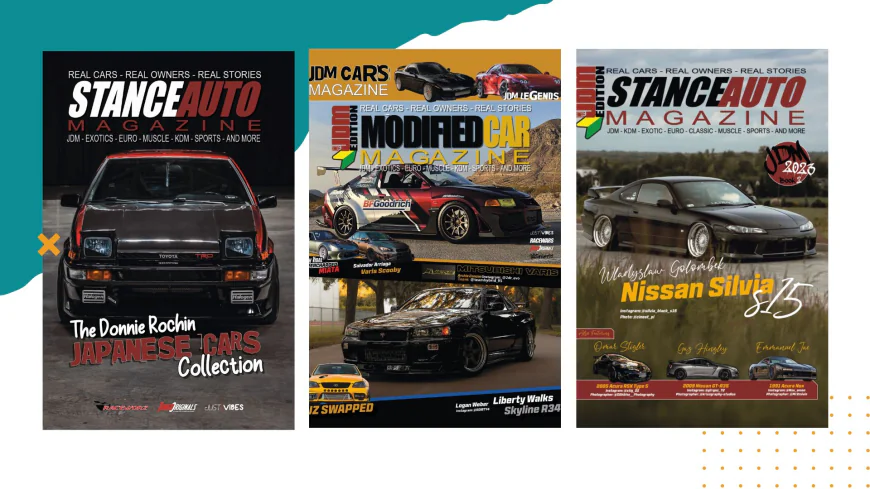
Photography Evolution: Documenting Different Eras
The visual documentation of JDM classics through magazine photography has evolved significantly, with contemporary shoots employing production values and techniques that would have seemed excessive for documenting used cars but feel appropriate for vehicles now recognized as culturally significant. Early magazine features used relatively basic photography—static shots adequately documenting vehicles but without particular artistic ambition beyond competent technical execution. Contemporary features employ sophisticated lighting, carefully selected locations with cultural significance or aesthetic power, and composition approaches treating these vehicles as legitimate subjects for fine art photography rather than simple automotive documentation.
This evolution in photographic approach reflects both improved technology and changed attitudes toward JDM legends—these vehicles now justify the investment in high-end photography because they're recognized as significant subjects worth documenting beautifully. The best contemporary magazine photography captures both technical details that enthusiasts want to study and emotional qualities that convey why these vehicles inspire passion beyond rational analysis of specifications. Stance Auto Magazine exemplifies this elevated approach, treating featured vehicles with photographic respect befitting their cultural significance while maintaining technical focus that serves readers seeking detailed documentation of builds and modifications.
International Perspectives: Global JDM Culture
Magazine coverage has expanded from primarily Japanese domestic focus to genuinely international perspective, documenting how JDM cars culture has developed distinctly in different regions while maintaining core values connecting global community. UK features showcase right-hand-drive vehicles in their natural configuration serving enthusiasts who can legally operate them, while coverage from left-hand-drive markets documents creative solutions to importation challenges and sometimes conversion processes enabling legal use. Australian and New Zealand coverage benefits from proximity to Japan and favorable importation regulations creating strong domestic scenes, while North American features often emphasize rarity and the particular dedication required to import and maintain Japanese vehicles in markets where they weren't officially sold.
These international perspectives enrich understanding of how geography, regulations, and local culture influence how enthusiasts approach the same vehicles—modification trends that dominate one region might be uncommon elsewhere, parts availability creates different constraints and opportunities in various markets, and the communities developing around these platforms reflect local automotive cultures blending with imported JDM sensibilities. Magazines serving international audiences navigate this diversity, featuring builds from multiple regions and explaining regional context that helps readers understand why particular approaches are popular in specific markets even if they seem unusual from other perspectives.
The Digital Archive: Connecting Past and Present
Modern digital archives of magazine content enable fascinating longitudinal studies—comparing how the same vehicle or platform is featured across different eras reveals evolving perspectives, modification philosophies, and cultural attitudes. A researcher could trace Skyline GT-R coverage from 1990s features treating them as contemporary performance cars through transitional period coverage acknowledging growing significance to recent features positioning them as collectible classics, observing how language, photography, and editorial emphasis shift to reflect changing community values and market realities. This historical comparison functionality represents unique value that physical archives offer less conveniently, with digital collections enabling searches and cross-references impossible when features remain trapped in individual issues without connecting mechanisms.
For those wanting to understand this complete evolutionary arc, Four Years of JDM Excellence: The Complete Stance Auto Magazine Archive provides concentrated documentation of the contemporary period while connecting to broader historical context through references and comparisons to earlier eras. This archive demonstrates how magazines serve as living history, continuously adding documentation while providing context connecting present to past and helping readers understand how current approaches to JDM classics relate to decades of preceding development and cultural evolution.
Looking Forward: The Next Generation of Legends
Contemporary magazine coverage also begins identifying which current Japanese performance vehicles might achieve legendary status themselves—the GR Yaris receives coverage examining whether its rally-bred technology and limited production will create future collectibility, while various iterations of the GT-R (R35) are evaluated for their potential as future classics despite being fundamentally different machines from the RB26-powered predecessors. This forward-looking coverage serves multiple purposes—helping enthusiasts make informed purchase decisions about vehicles that might appreciate, documenting contemporary builds that will become historical records when these newer vehicles age, and maintaining community focus on current Japanese performance rather than becoming purely nostalgic culture fixated entirely on past glories.
This balance between honoring legendary classics and engaging with contemporary Japanese performance keeps JDM magazines relevant for readers across the enthusiasm spectrum—those who own classics, those building modern Japanese vehicles, and those who simply appreciate the broader culture regardless of which specific vehicles they personally own or favor. The best magazines maintain this balance naturally, recognizing that all these interests interconnect and that healthy JDM culture requires both preservation of heritage and continued engagement with current products carrying forward the engineering philosophy and performance priorities that made earlier vehicles legendary.
For comprehensive understanding of how quality JDM car magazines approach this balancing act, JDM Car Magazines: Your Ultimate Guide to Japan's Automotive Culture in Print provides broader context about magazine publishing's role in documenting and shaping Japanese automotive culture across different eras and various platforms.
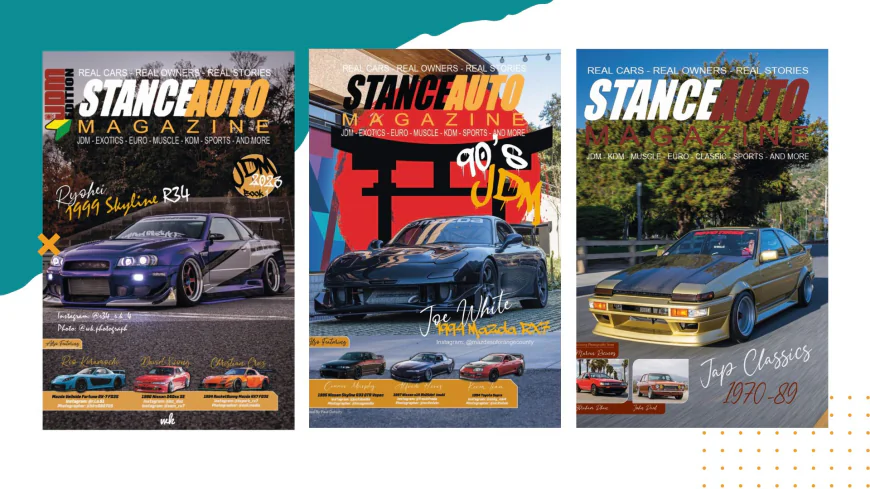
Conclusion: From Metal to Mythology
The evolution of JDM legends through magazine documentation tells a story larger than simply changing approaches to modifying aging vehicles—it reveals how automotive communities develop values, how cultural significance accrues to machines initially appreciated purely for utilitarian or performance merits, and how documentation through quality magazine publishing creates narratives that transform cars into legends deserving of preservation and study beyond what their original designers or manufacturers might have anticipated. The comprehensive documentation provided by decades of magazine coverage ensures that future enthusiasts can understand not just the vehicles themselves but the cultural contexts that made them significant, the modification approaches that defined different eras, and the passion that drove enthusiasts to transform good performance cars into the exceptional machines that justified magazine features and established reputations enduring decades beyond their production eras.
Understanding this evolution enriches contemporary appreciation for JDM classics—recognizing that these aren't simply old performance cars but vehicles that have accrued genuine cultural significance through their capabilities, their influence on automotive development, the communities that formed around them, and the documentation preserving their stories and ensuring their significance extends beyond the limited memories of enthusiasts who experienced their original eras. Magazine publishing serves crucial function in this cultural preservation, creating permanent records that honor these vehicles while documenting the human passion and technical expertise that elevated them from manufactured products to legendary machines whose influence extends far beyond their original commercial success or technical specifications.
Want More JDM Icons?
If you love stories like this one, you will enjoy our featured magazines available on Amazon
- Stance Auto Magazine Japanese Classic Cars Vol2: Modified Japanese Classic JDM Cars Magazine
- Stance Auto Magazine July 2025: A Worldwide Monthly Modified Car Magazine
- Modified Car Magazine The JDM Magazine: The World Wide Modified JDM Car Magazine
- Stance Auto Magazine The 90's JDM Classics - June 2025: A look Back At The 90's Classic JDM Cars On Stance Auto
- Stance Auto Magazine Modified BMW'S 2025: The Modified and Tuner BMW Car Magazine
- The RWB Porsche Magazine From Stance Auto: Akira Nakai The Man Behind The RWB Builds
- Stance Auto Magazine JDM Classics The 90s
These print editions showcase incredible builds like Lucas’s GT-R while supporting the global modified car community.
Call to Action
Do you have a build story like this one? Got a build on a budget? We want to see it. Submit your story to Stance Auto Magazine, and you could be the next featured owner showing the world how to do it right—without breaking the bank.
And hey, don’t forget to tag us on socials. Use #stanceautomag on Instagram, Pinterest and Facebook so we can see (and maybe feature) your ride.
Test Your JDM Car Knowledge and Take Our No. 1 JDM Car Quiz

Order Your Stance Auto Car Magazines From Our Amazon Book Store
Test Your Automotive Knowledge and Take Our No. 1 Car Quiz
Get Noticed Use our Hashtags - #stanceauto #stanceautomag #stanceautomagazine #modifiedcarmagazine
UKTM no: UK00003572459
 Like
0
Like
0
 Dislike
0
Dislike
0
 Love
0
Love
0
 Funny
0
Funny
0
 Angry
0
Angry
0
 Sad
0
Sad
0
 Wow
0
Wow
0
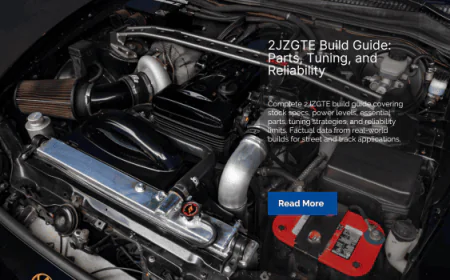

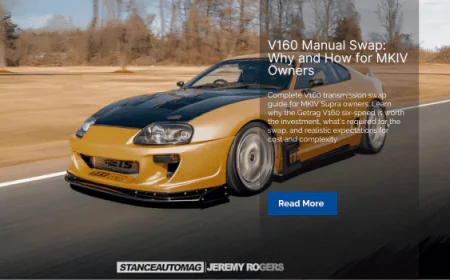
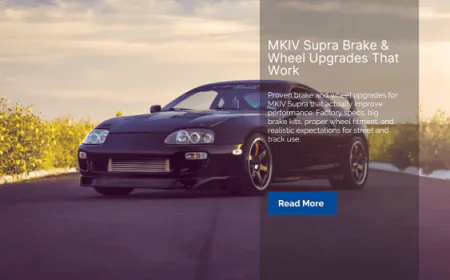



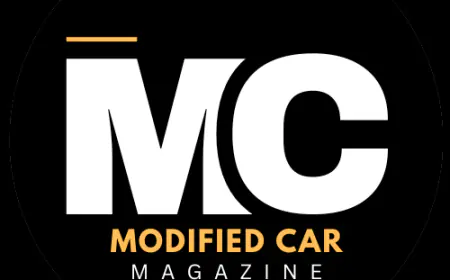

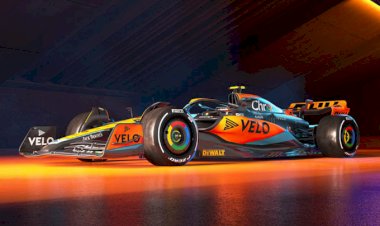









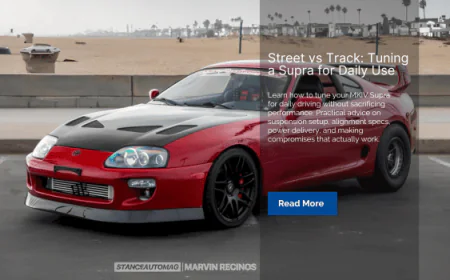
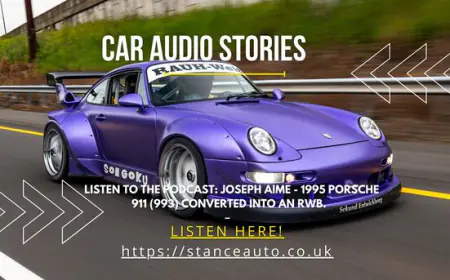
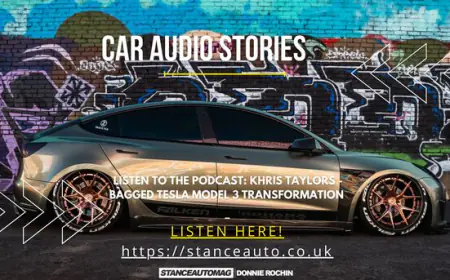
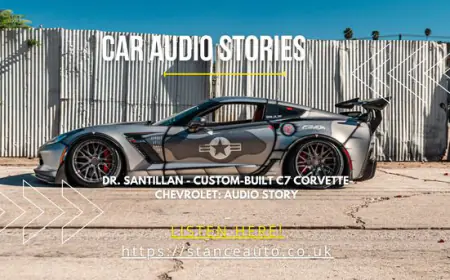



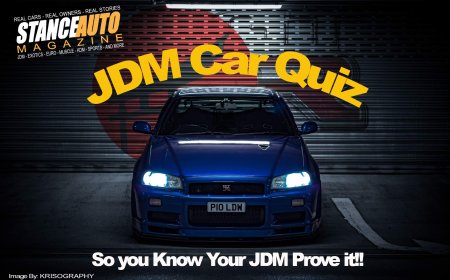


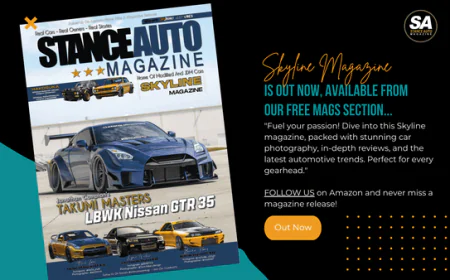

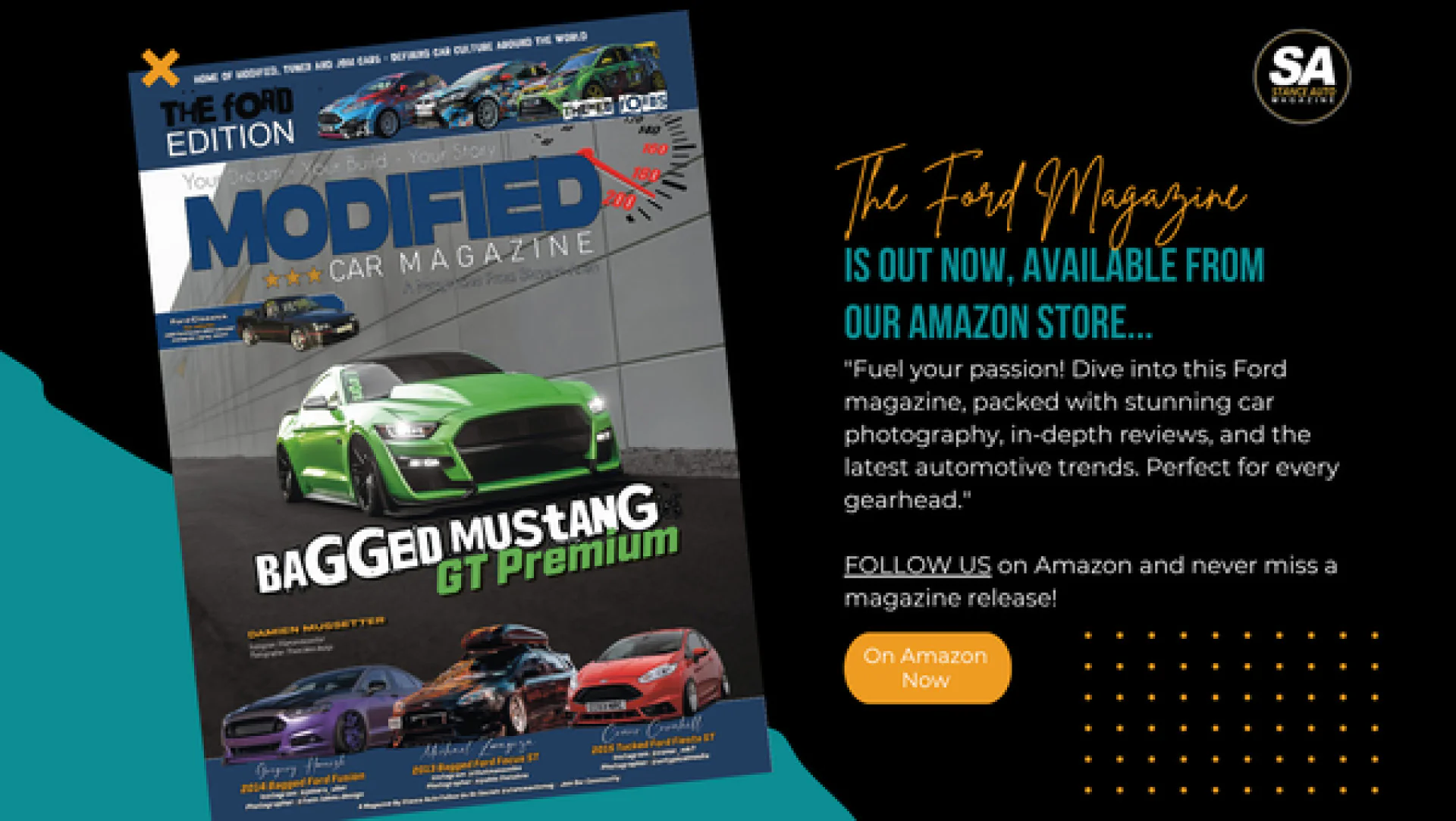



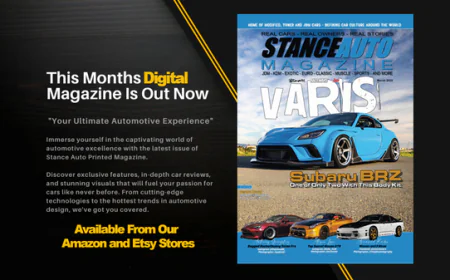
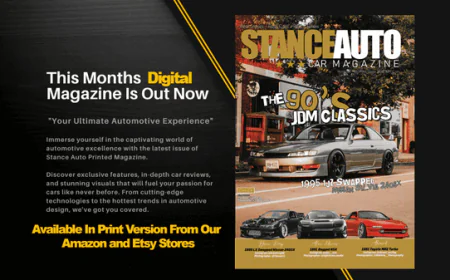
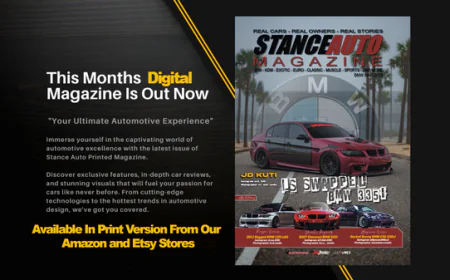
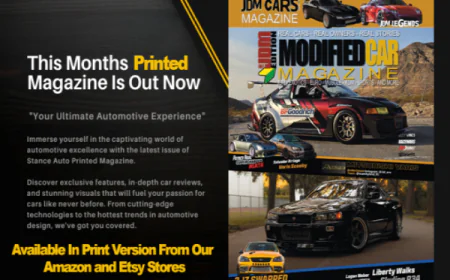
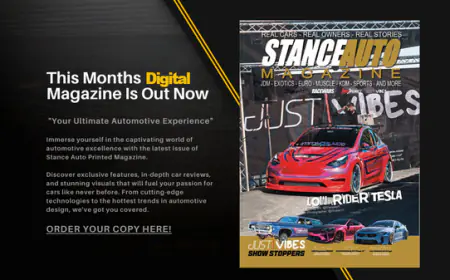
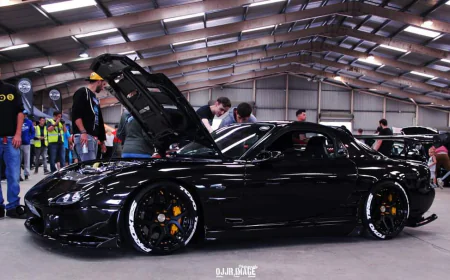

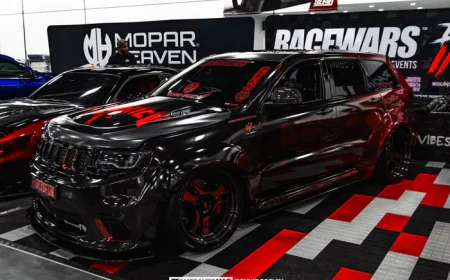





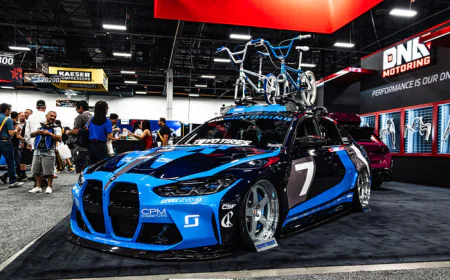
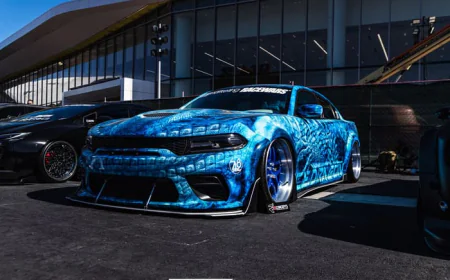



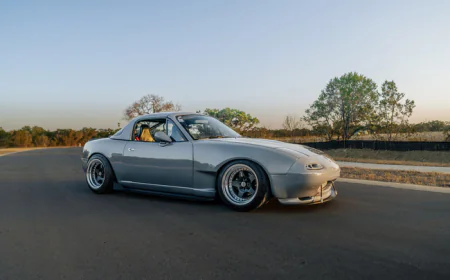

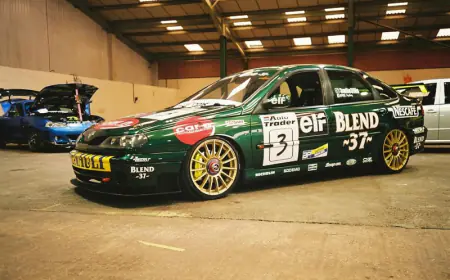








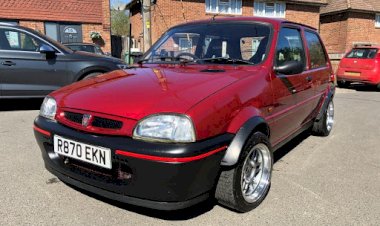
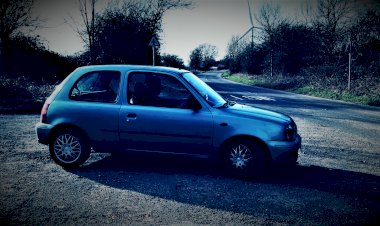




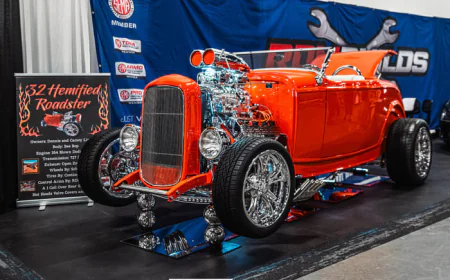


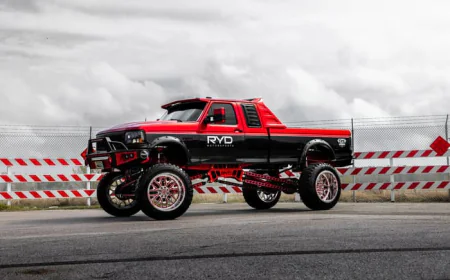
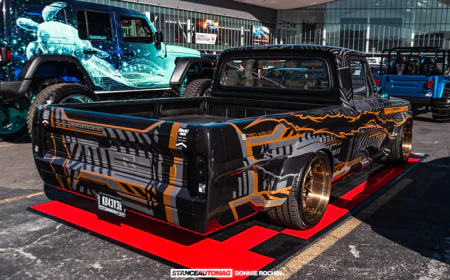

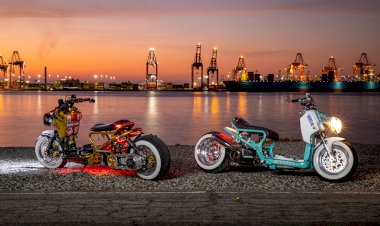

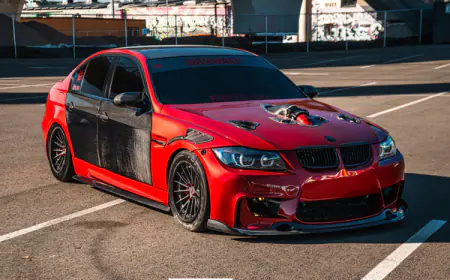
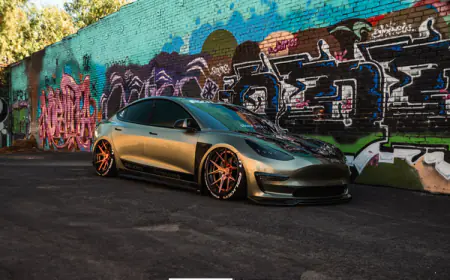

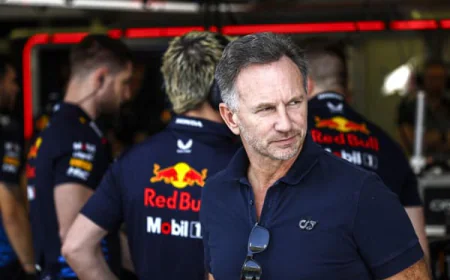


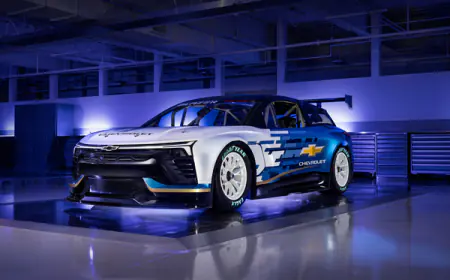


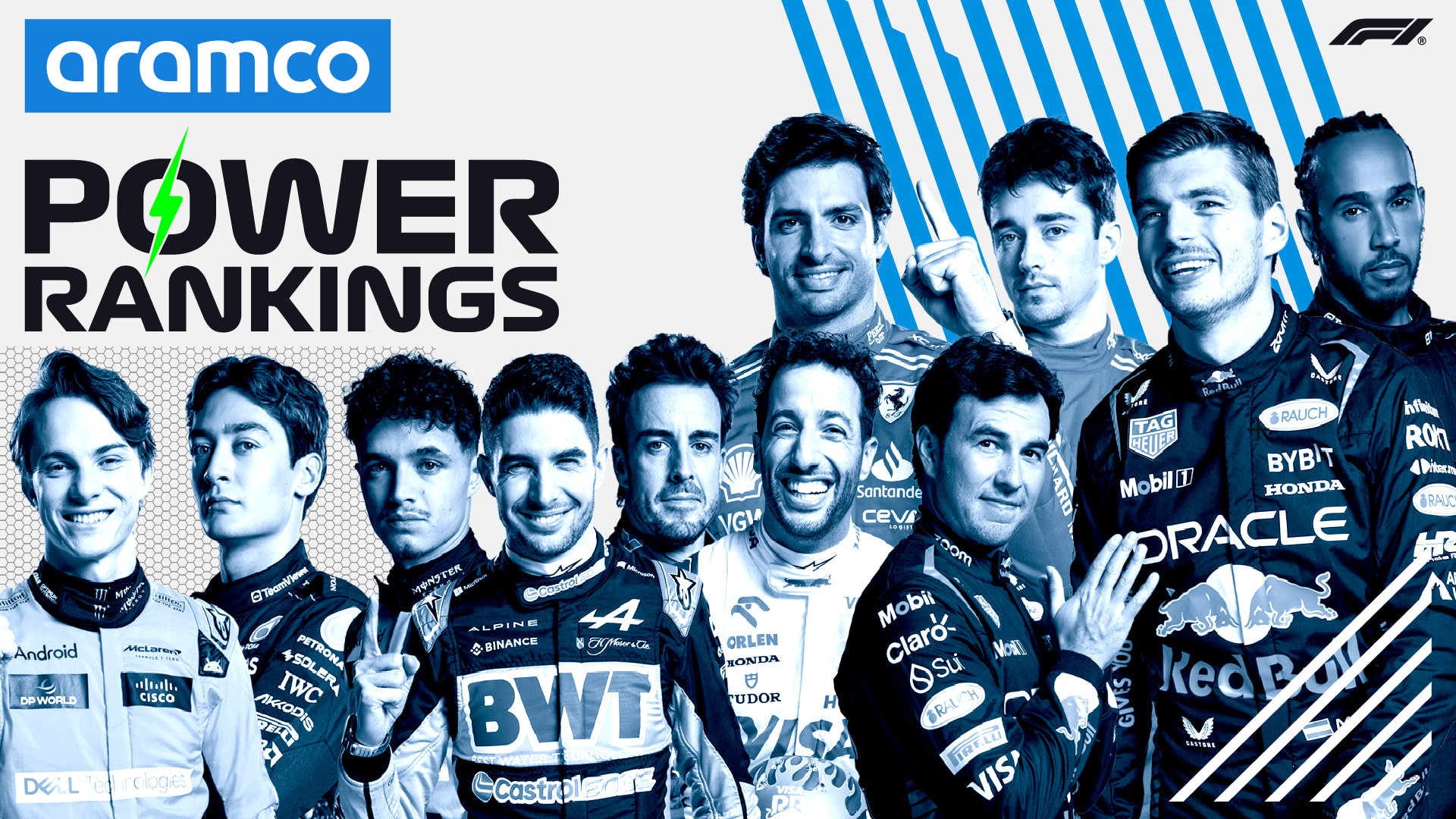
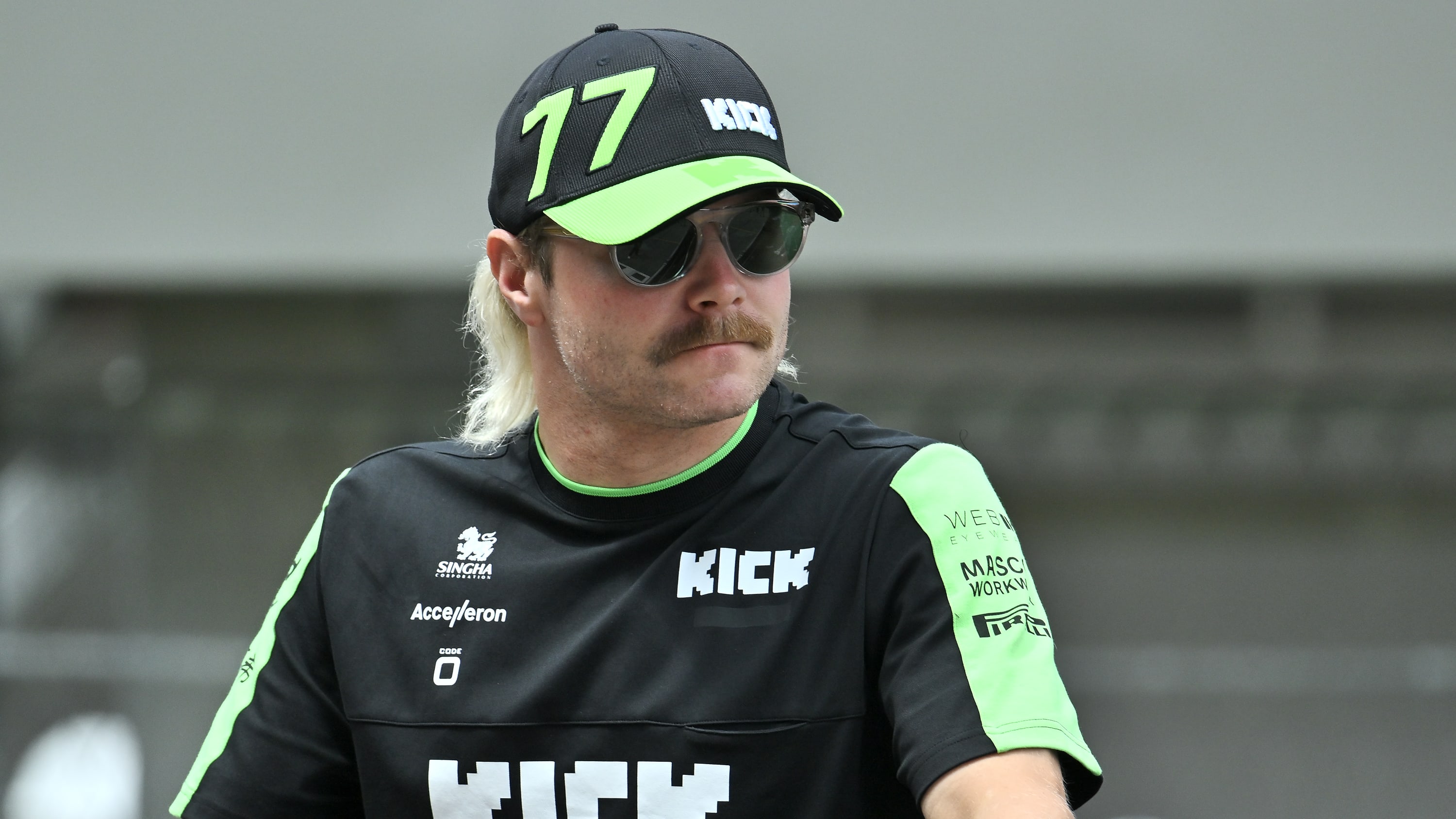
.png)
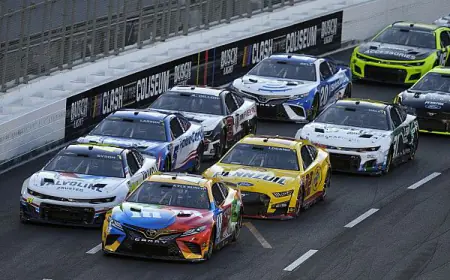
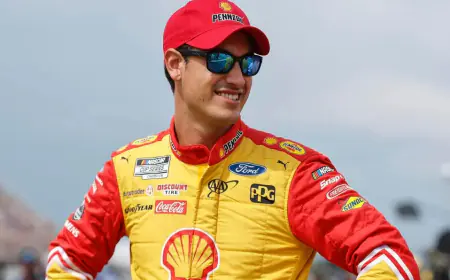
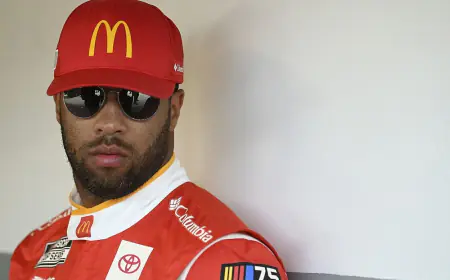

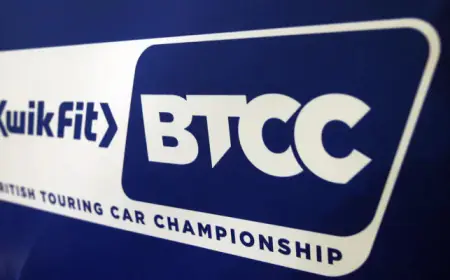
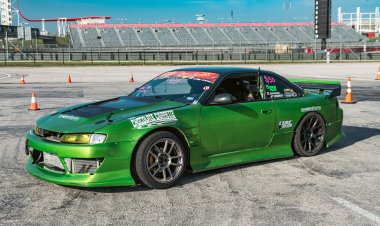
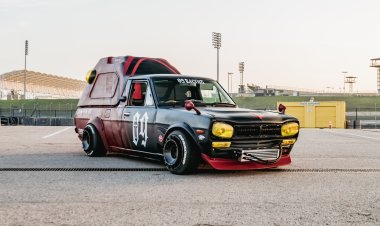


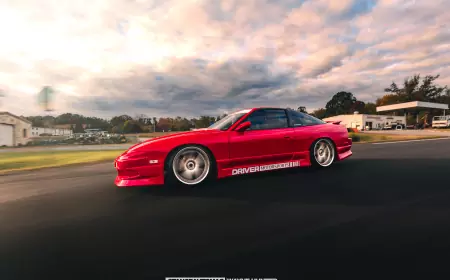


![[HOONIGAN] Ken Block's GYMKHANA NINE](https://img.youtube.com/vi/_bkX5VkZg8U/maxresdefault.jpg)










